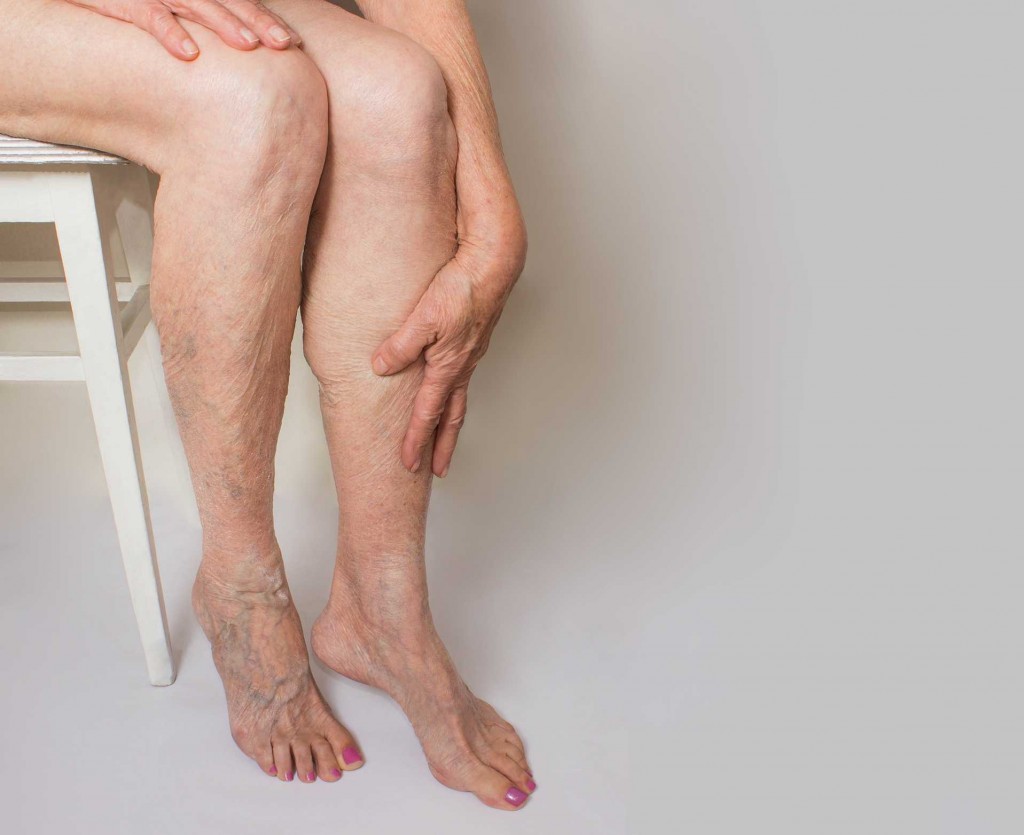Peripheral Arterial Disease

Peripheral Artery Disease (also called peripheral arterial disease) is a common condition in which narrowed arteries reduce blood flow to the arms or legs.
In peripheral artery disease (PAD), the legs or arms — usually the legs — don't receive enough blood flow to keep up with demand. This may cause leg pain when walking (claudication) and other symptoms.
Peripheral artery disease is usually a sign of a buildup of fatty deposits in the arteries (atherosclerosis). Atherosclerosis causes narrowing of the arteries that can reduce blood flow in the legs and, sometimes, the arms.
Key points about Peripheral Arterial Disease include:
Symptoms: PAD often presents with symptoms such as leg pain, cramping, or weakness during physical activity (claudication). In severe cases, pain can occur even at rest. Other signs may include numbness, tingling, or coldness in the legs or feet, as well as slow-healing sores or wounds.
Risk Factors: Certain factors increase the risk of developing PAD, including smoking, diabetes, high blood pressure, high cholesterol, obesity, and a family history of vascular disease.
Diagnosis: Diagnosis typically involves a combination of medical history, physical examination, and non-invasive tests such as ankle-brachial index (ABI) measurement, ultrasound, or angiography to assess blood flow and arterial blockages.
Complications: Untreated PAD can lead to serious complications, including tissue damage (gangrene) and limb amputation. It is also associated with an increased risk of heart attack and stroke.
Treatment: Lifestyle changes, such as quitting smoking, maintaining a healthy diet, and regular exercise, are essential for managing PAD. Medications may be prescribed to manage underlying risk factors like high blood pressure or cholesterol. In more severe cases, interventional procedures like angioplasty or stent placement, or even bypass surgery, may be required to restore blood flow to the affected arteries.
Prevention: Preventive measures include controlling risk factors, such as managing diabetes and hypertension, adopting a heart-healthy diet, and staying physically active. Regular check-ups with a healthcare provider can help monitor and manage PAD risk factors.
PAD is a chronic condition that requires ongoing management and lifestyle changes to improve circulation and reduce the risk of complications. Early detection and treatment are crucial to preventing the progression of the disease and maintaining overall cardiovascular health.
